Amidst the rising concern over modern lifestyle diseases, a groundbreaking study conducted at Chittagong Medical College, Chattogram and published in the National Institutes of Health (NIH), shines a light on the potential of Alternate Nostril Breathing (ANB) exercises in enhancing cardiorespiratory functions among healthy young adults. With growing evidence supporting the health benefits of controlled breathing exercises, this study provides empirical support for integrating ANB into daily routines for its significant health benefits.
Study Overview
The randomized experimental study involved 100 first-year medical students, aged 18-20 years, who were divided into two groups: an experimental group that practiced ANB for four weeks and a control group that did not engage in the breathing exercises. Researchers measured a series of cardiorespiratory parameters including pulse rate, blood pressure, forced vital capacity (FVC), forced expiratory volume in the first second (FEV1), and peak expiratory flow rate (PEFR) at the start and conclusion of the study.
Significant Findings
Results from the study were revealing. The experimental group, post-ANB practice, showed significant improvements in all measured cardiorespiratory functions except for FEV1 and PEFR among males, which did not show a significant change. Notably, improvements were observed in both male and female participants, underscoring the technique’s efficacy across genders. Parameters such as pulse rate and blood pressure saw a remarkable reduction, while measures of lung function including FVC, FEV1, and PEFR experienced notable increases.
Health Implications
The findings highlight ANB’s role in significantly boosting cardiorespiratory health, making it a viable, cost-effective, and accessible exercise that can be practiced by anyone, anywhere. This is particularly relevant for populations like medical students, who often experience high levels of stress and could benefit immensely from such non-invasive health practices.
Discussion and Analysis
The study meticulously analyzes the impact of ANB through statistical tools like independent t-tests and repeated measure ANOVAs, ensuring the reliability of the results. The improvements noted in the experimental group compared to the unchanged parameters in the control group reinforce the effectiveness of ANB in promoting cardiorespiratory fitness and stress reduction.
Recommendations
Given the stress-laden lives of today’s youth, especially students in demanding educational programs, incorporating ANB exercises into daily routines could be a strategic move towards enhancing both physical and mental well-being. Institutions and healthcare professionals might consider advocating for ANB practice not only for students but also for individuals in high-stress professions.
Conclusion
The study on the effects of Alternate Nostril Breathing exercises provides robust evidence of its benefits in improving cardiorespiratory functions and overall health in young adults. By promoting this simple yet effective breathing technique, we can take a significant step towards countering the effects of modern lifestyle stressors, potentially reducing the risk of related health conditions significantly.
In essence, the research conducted at Chittagong Medical College offers compelling reasons to embrace ANB as part of a daily health regimen, promising substantial health benefits with minimal investment and effort. Whether you’re a student, a professional, or simply someone looking to enhance your health, ANB represents a bridge to better well-being.



